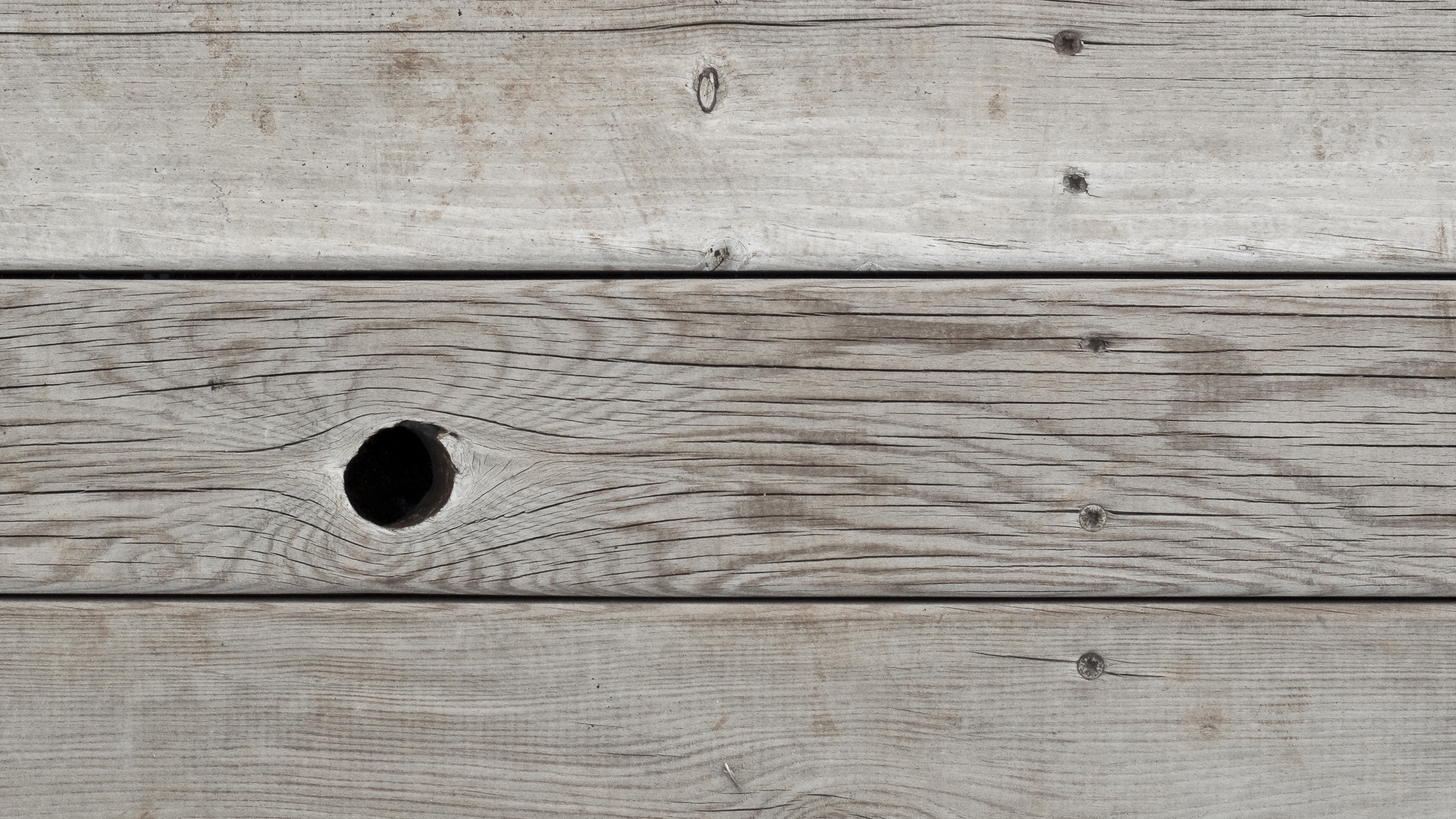Bonds Are Having a Rough Year. Here Are 3 Actions That Can Help
Rising interest rates have hurt bond prices. But these three steps can benefit investors worried about their portfolios and their retirement income.


During the past few weeks, several clients have asked the question, “Why are my bond investments losing money?” They were surprised to see the results of their bond portfolio over the last year.
I understand why investors are perplexed. The Bloomberg Barclays Aggregate Bond Index is down 8.9% in 2022 through May 31. It’s no secret inflation, high gasoline prices and the war in Ukraine are causing stock market volatility. However, most investors view bonds as the safe part of their portfolio. While they are generally less volatile than stocks, rising interest rates are causing bond yields to increase. When yields rise, the price of a bond will drop.
Here’s an example of how this works.
From just $107.88 $24.99 for Kiplinger Personal Finance
Be a smarter, better informed investor.

Sign up for Kiplinger’s Free Newsletters
Profit and prosper with the best of expert advice on investing, taxes, retirement, personal finance and more - straight to your e-mail.
Profit and prosper with the best of expert advice - straight to your e-mail.
Let’s say one year ago a person bought a $1,000 corporate bond from a company, and the bond yields 1% annually. One year later, interest rates have risen and the same company now issues new bonds for $1,000 with a yield of 2.5%. This makes the older bond less attractive. If the holder of the older bond wants to sell it, they would have to take a loss since any buyer would want a 2.5% yield.
As the Federal Reserve moves to fight inflation, interest rates are expected to continue to climb for the next several months and possibly into 2023.
While there are no magic bullets to quickly reverse the performance of an investor’s bond portfolio, here are three moves for investors to consider.
Try a Different Bond-Buying Strategy
When the Federal Reserve cut interest rates to near 0% overnight two years ago to offset the impact of the COVID-19 crisis, we advocated investing in bond funds and decreased our investment in individual bonds where it made sense. We did this because the bonds in those funds were already providing higher yields than if we had purchased individual bonds.
Now, as rates have started to rise, the reverse could make sense. Investors may look to replace these bond funds with individual bonds, which have a better yield since the funds now hold bonds with lower yields.
As part of this strategy, investors can look to purchase short-dated bonds that will mature within a few years. While bonds with longer maturity dates – such as 10+ years – often have higher yields, the increase isn’t all that much (because of what is called a flat yield curve). For investors expecting rates to rise, the longer-dated bonds will be hit hardest if rates do rise.
For those investors who expect rates to hold or fall, or those who tend to pull a low percentage of their portfolio for living expenses, it could make sense to go out a little further than a few years and “lock in” the yields that we are seeing now, despite them not being much higher than the short-term rates. While the price of the bond could still go down if rates rise, the investor is locked in to the yield at the time of purchase.
Consider Building a Bond Ladder
The second strategy we used was a bond ladder to help provide a steady performance over a longer period. Think of each bond as one of the rungs on a ladder. Once a bond matures, its proceeds are reinvested in a new bond that has a higher yield.
Here’s a hypothetical example of the potential benefit of the bond ladder for an individual investor:
A retiree may want to hold seven to 10 years of their cash flow needs in safe assets. To do this they can use a mix of bonds and cash. If the retiree spends $200,000 annually, they may look to target between $1.4 million and $2 million in this bucket.
To achieve this goal, purchasing individual, shorter-term bonds can maintain flexibility to invest in attractive yields. As the short-term bonds mature, it may be possible to reinvest with longer-dated bonds with better yields if rates have risen. This approach enables the retiree to live off these safe assets for their targeted time period, without needing to dip into the rest of their portfolio, which consists of stocks or other investments.
As a result of this strategy, the shorter-term volatility of the equity markets often means much less to the retiree. While there is both an art and a science to managing the balance of increasing the portfolio value and meeting the retiree’s future needs, it is comforting to many retirees to know that, in a down market, it could be several years before they even need to look to that part of their portfolio for living expenses.
Know that Bond Losses May Provide a Tax Benefit
As investors begin the process of selling bond funds, there is one benefit. Most bond funds purchased in the last five years have likely declined in value. Investors holding them in a taxable account, the investor can use the loss from the sale to offset part of their tax bill. This is called tax-loss harvesting.
By selling an investment that is a loss, a person can reduce their capital gains taxes and potentially offset up to $3,000 in ordinary income. The money from the sale of the bond fund is then reinvested in a different security – in this case, an individual bond – that meets the investor’s financial goals. Therefore, an investor can not only get a tax benefit, they can also lock in a better yield – a win-win.
Despite losses in 2022’s first quarter, bonds have an important role to play in nearly every investor’s portfolio. While each person has different needs and goals, they can work with their adviser to develop a bond strategy generating steady returns over the long term, providing the security any investor needs.
Profit and prosper with the best of Kiplinger's advice on investing, taxes, retirement, personal finance and much more. Delivered daily. Enter your email in the box and click Sign Me Up.

Matt Schaller brings more than a decade of experience in the financial services industry to his role as an adviser with Compardo, Wienstroer, Conrad & Janes (CWCJ) Team at Moneta, a Top 10 Registered Investment Advisory Firm, according to Barron’s. Matt is both a Chartered Financial Analyst® Charterholder and a CERTIFIED FINANCIAL PLANNER™ Professional. His extensive background in client service, coupled with his previous experience as an investment research analyst, offers a unique lens for clients' investment decisions.
-
 The Original Property Tax Hack: Avoiding The ‘Window Tax’
The Original Property Tax Hack: Avoiding The ‘Window Tax’Property Taxes Here’s how homeowners can challenge their home assessment and potentially reduce their property taxes — with a little lesson from history.
-
 Is Mint Mobile's Home Internet a Game-Changer or Just Another Option?
Is Mint Mobile's Home Internet a Game-Changer or Just Another Option?Mint Mobile recently unveiled its new home internet service. We break down how it works so you can determine if it's a great value for your needs.
-
 Five Downsides of Dividend Investing for Retirees, From a Financial Planner
Five Downsides of Dividend Investing for Retirees, From a Financial PlannerCan you rely on dividend-paying stocks for retirement income? You'd have to be extremely wealthy — and even then, the downsides could be considerable.
-
 I'm a CPA: Control These Three Levers to Keep Your Retirement on Track
I'm a CPA: Control These Three Levers to Keep Your Retirement on TrackThink of investing in terms of time, savings and risk. By carefully monitoring all three, you'll keep your retirement plans heading in the right direction.
-
 Debunking Three Myths About Defined Outcome ETFs (aka Buffered ETFs)
Debunking Three Myths About Defined Outcome ETFs (aka Buffered ETFs)Defined outcome ETFs offer a middle ground between traditional equity and fixed-income investments, helping provide downside protection and upside participation.
-
 This Is Why Judge Judy Says Details Are Important in Contracts: This Contract Had Holes
This Is Why Judge Judy Says Details Are Important in Contracts: This Contract Had HolesA couple's disastrous experience with reclaimed wood flooring led to safety hazards and a lesson in the critical importance of detailed contracts.
-
 A Lesson From the School of Rock (and a Financial Adviser) as the Markets Go Around and Around
A Lesson From the School of Rock (and a Financial Adviser) as the Markets Go Around and AroundIt's hard to hold your nerve during a downturn, but next time the markets take a tumble, remember this quick rock 'n' roll tutorial and aim to stay invested.
-
 I'm a Financial Pro: This Is How You Can Guide Your Heirs Through the Great Wealth Transfer
I'm a Financial Pro: This Is How You Can Guide Your Heirs Through the Great Wealth TransferFocus on creating a clear estate plan, communicating your wishes early to avoid family conflict, leaving an ethical will with your values and wisdom and preparing them practically and emotionally.
-
 To Reap the Full Benefits of Tax-Loss Harvesting, Consider This Investment Strategist's Steps
To Reap the Full Benefits of Tax-Loss Harvesting, Consider This Investment Strategist's StepsTax-loss harvesting can offer more advantages for investors than tax relief. Over the long term, it can potentially help you maintain a robust portfolio and build wealth.
-
 Social Security Wisdom From a Financial Adviser Receiving Benefits Himself
Social Security Wisdom From a Financial Adviser Receiving Benefits HimselfYou don't know what you don't know, and with Social Security, that can be a costly problem for retirees — one that can last a lifetime.